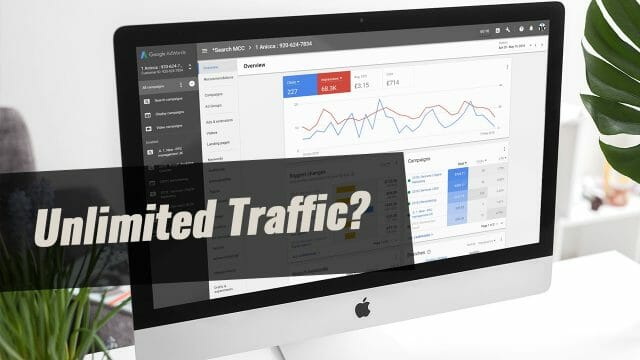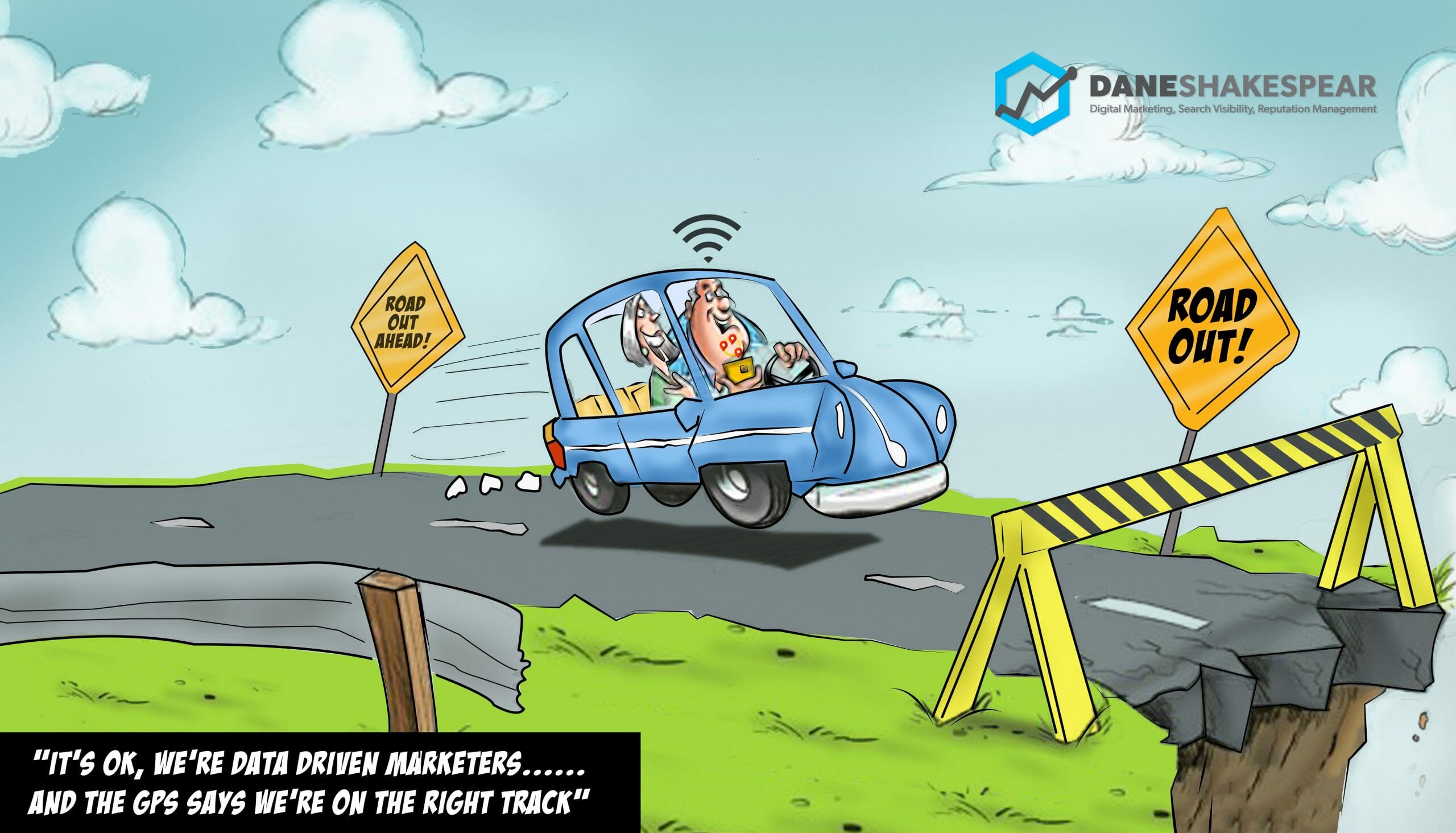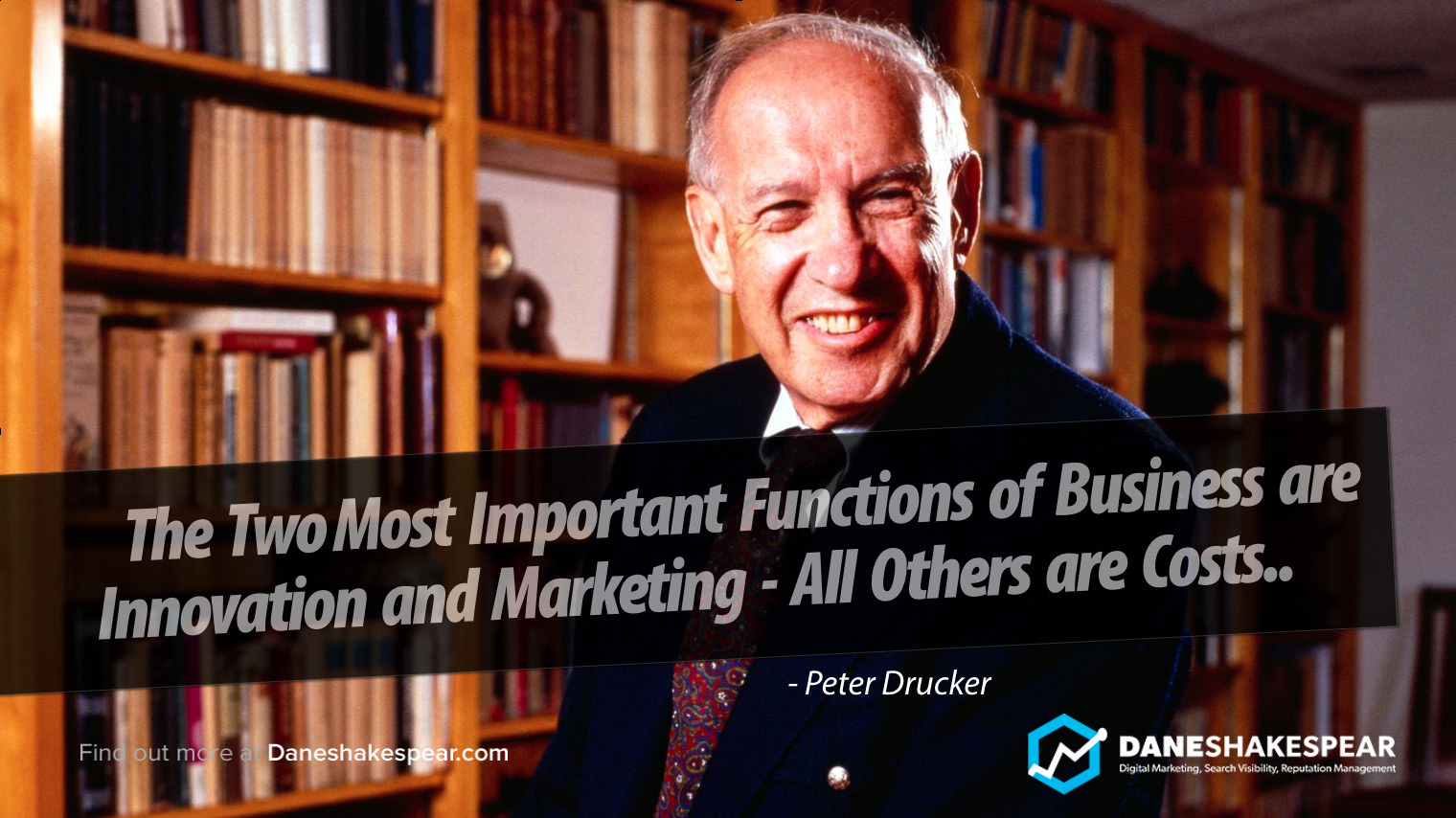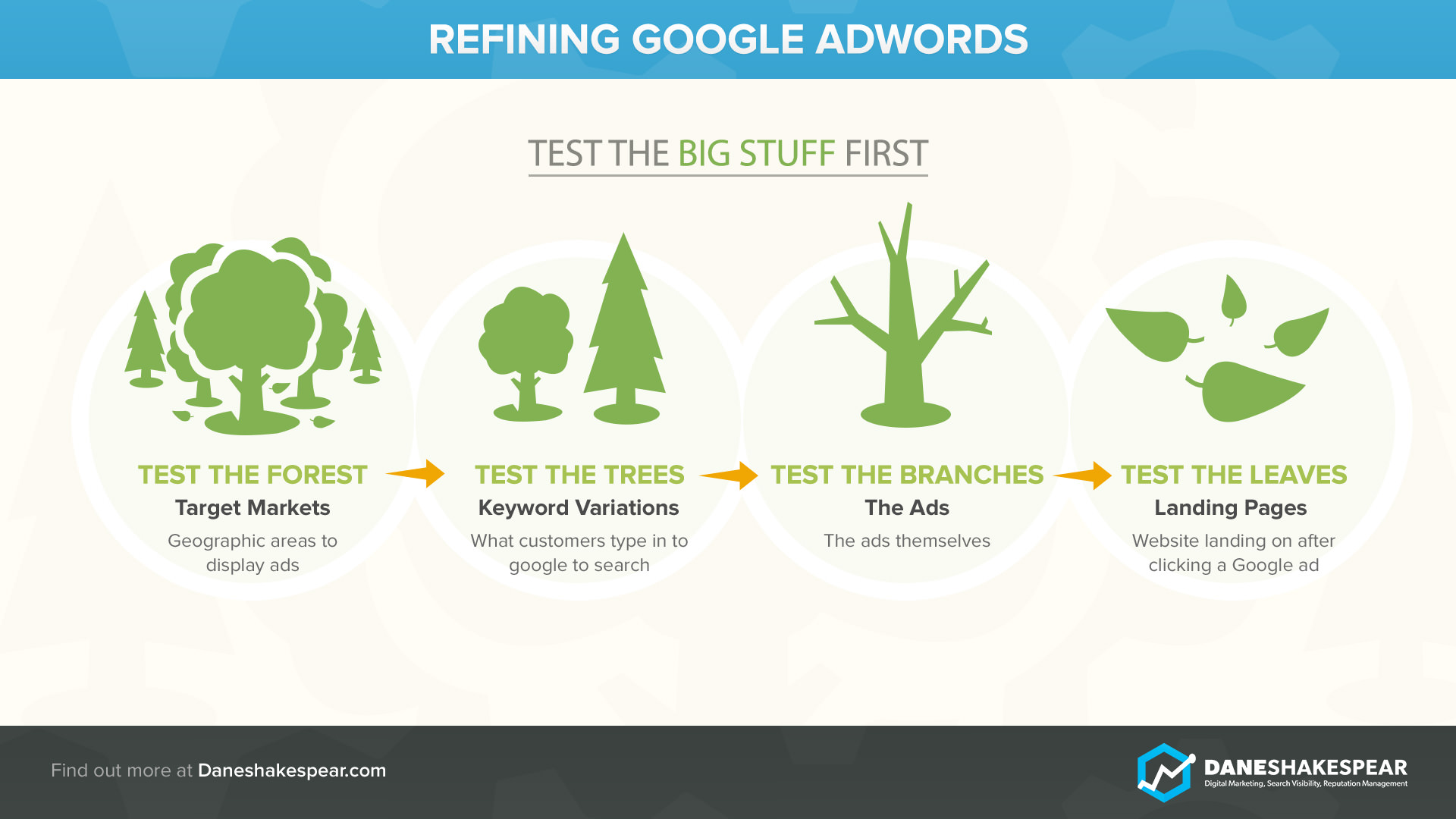People Don’t Want to Buy Your Product or Service They Want to Buy a Better Version of Themselves
One of the most difficult things for business owners to get a handle on is the true perspective of the needs and desires of their clients or customers. Because we spend so much time working on, perfecting and promoting our products or services – over time we get caught up in how awesome our product is rather than how awesome the client will be once he’s used it.Continue Reading
















Most Popular